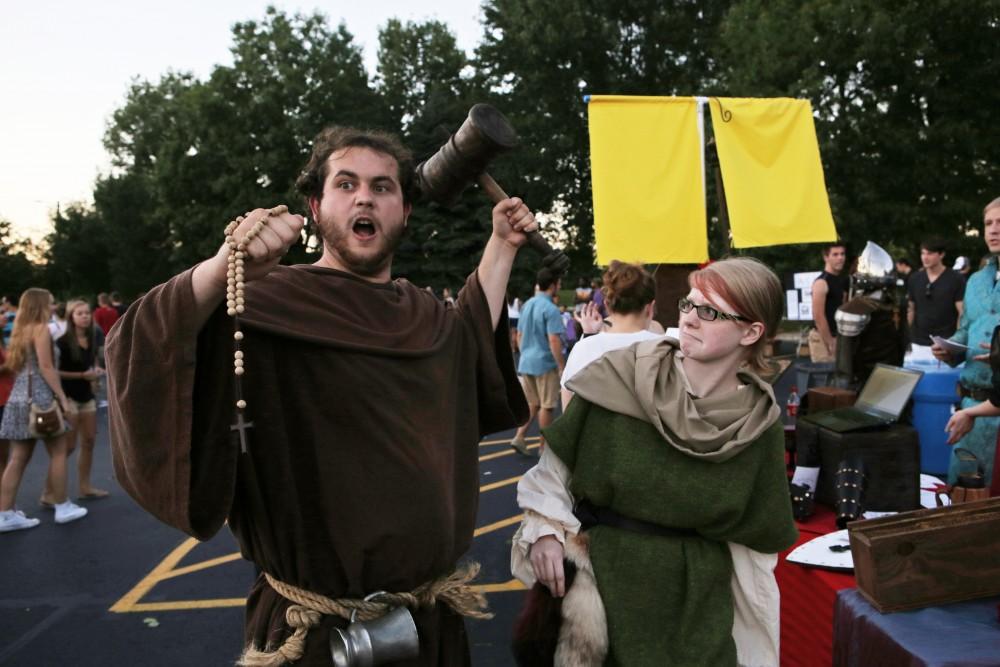Changes ahead for student organization leaders

GVL / Archive Campus Life Night (2014)
Sep 10, 2015
While Campus Life Night was a wash for Grand Valley State University, the training session for student organization executive boards went on as scheduled Sept. 8.
The event, put on by the Office of Student Life, focused on making sure the nearly 400 student organizations on campus get off to a good start. The event was formally known as Max It Out, but is now referred to as Ignite.
“I remember 30-plus years ago, coming in to work, and I met with about 50 students at that time, because that’s all the student organizations that there were,” said Bob Stoll, associate dean for student life. “Now, we’re close to 400, and some of these organizations have hundreds of people. It’s an exciting place to be.”
In the past, Max It Out was mostly intended to inform new executive board members about GVSU procedures. This year, Ignite focuses on the many changes the Office of Student Life have implemented over the summer months.
“You are going to see a lot of change this year. The staff has been very hardworking over the summer,” Stoll said. “We’re expediting and centralizing service for students.”
Among the changes student organizations will see this year are a few changes of location. The Community Service Learning Center and the Promotions Office have both moved their offices.
“The Community Service Learning Center is in Kirkhof, right next to the Office of Student Life,” said Josh Lee, graduate assistant for student organization development. “The reason we did this is because the CSLC was barely an office. Student organizations are the vast majority of the community service hours logged by the university. It seemed wrong to have the office in charge of that in a room the size of a broom closet.”
The Promotions Office is now in the Student Organization Center, on the lower level of the Kirkhof Center.
For students that need help with any aspect of managing a student organization, the OSL will now hold open office hours every weekday from 1 p.m. to 4 p.m.
“When (students) come into the office and hear so-and-so is out at lunch and they’ll get back to you, that’s not good,” Lee said. “We’re going to have an open staff member on call during that time slot and if you need anything, you can walk in and talk to someone who knows what they are talking about.”
Additionally, the structure of student organization funding boards has been simplified. In the past, various councils had individual funding meetings. Now, only a few funding councils will exist. The vast majority of student organizations will be able to attend a more general meeting.
“We’ve retained three individual funding boards: fraternity and sorority life, club sports and cultural and faith-based organizations have still retained their own individual funding because they request funding more frequently,” Lee said.
For most students, these changes will not affect their daily routines. However, for the student leaders that run the many student organizations on campus, these changes mean a more streamlined process.
“Our tagline is ‘become more,’ and the reason we’ve done that when you leave here, the skills that you gain from all the experiences you have in student organizations, those are the things that will make you the better person,” Stoll said.






















